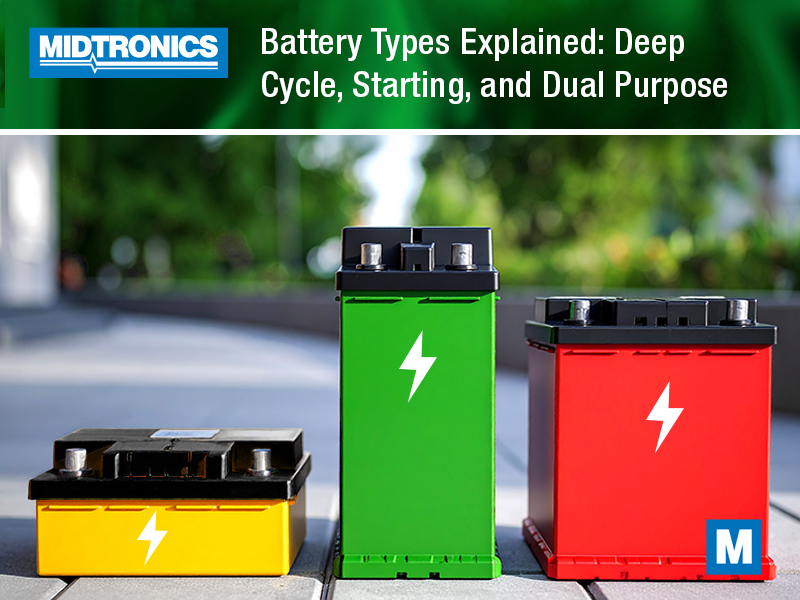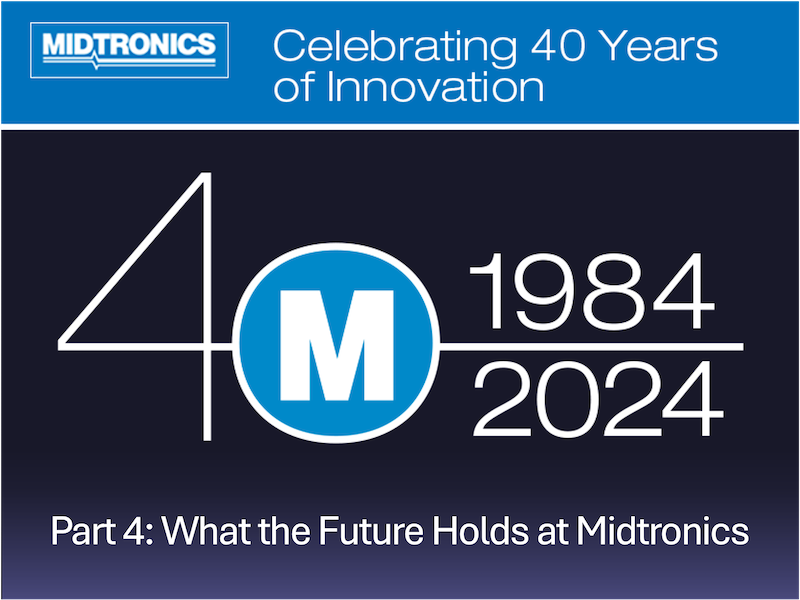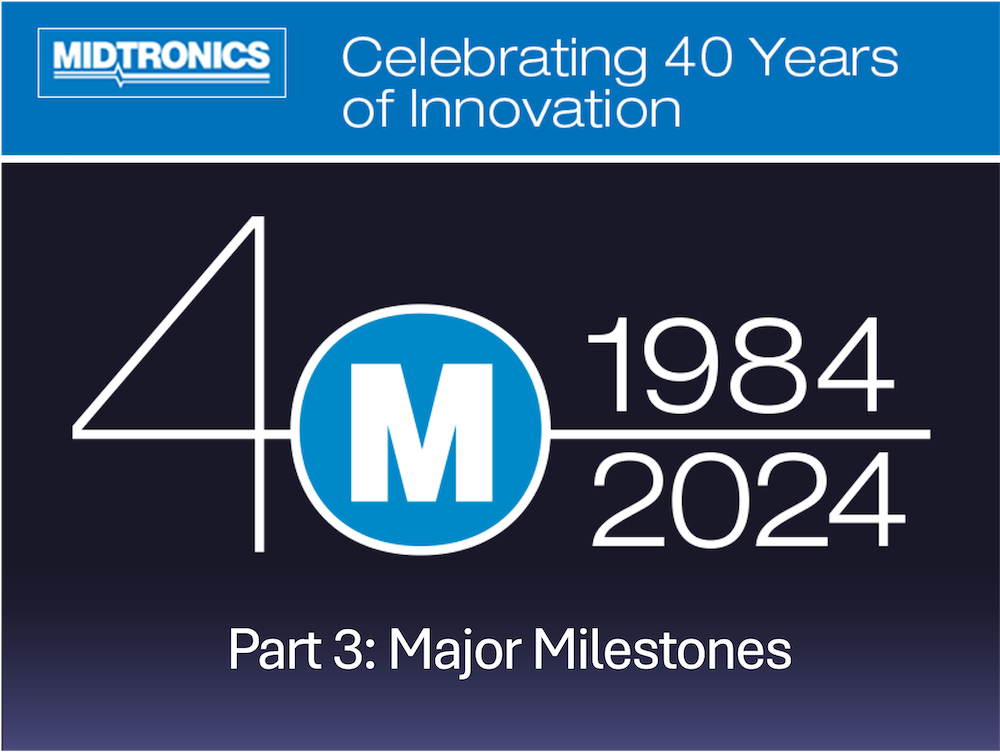The automotive world is accelerating at an incredible pace, with electric vehicles and hybrid systems redefining our commute experience. Central to this transformation is car battery technology, a field that has witnessed monumental changes within the past decade alone. For anyone following technology, from automotive service center managers to car owners, keeping up with these innovations is not just interesting – it’s a glimpse into the future. In this article, we’ll discuss the latest in car battery technology and how it’s shaping the future of transportation.
The Evolution of Car Battery Technology
Lead-acid battery technology has been around for around 150 years, and it’s still found in a majority of vehicles on the road today. It’s gone through transformations through the years to make them more stable and durable, which you see in batteries for today’s ICE vehicles. And there have been major developments since the lead-acid battery was introduced.
The first ever rechargeable battery for electric vehicles was invented by Thomas Edison in 1901 – a nickel-iron battery that could be charged twice as fast as a lead-acid battery. Of course, we know that EVs were ahead of their time.
It wasn’t until the late 1990s that hybrid electric vehicles started gaining popularity with Toyota’s introduction of the Prius. This marked a significant shift in the automotive industry, with manufacturers shifting their focus towards developing more efficient and sustainable vehicles.
Since then, car battery technology has undergone several transformations to improve power output, energy density, and overall performance. The use of a variety of lithium-ion battery chemistries has become commonplace due to their high power-to-weight ratio and longer lifespan compared to traditional lead-acid batteries. In recent years, manufacturers have also started experimenting with solid-state batteries, which promise even higher energy density and faster charging times.
Latest Trends in Automotive Battery Technology
At the core of every electric vehicle, from whisper-quiet luxury sedans to power-packed performance cars, is battery technology. It’s a critical component that stores and supplies the electrical energy necessary to run EVs, hybrid cars, and traditional fuel-burning models. Its significance in the automotive industry cannot be overstated, and these are some of the latest trends.
Lithium-ion batteries
Lithium-ion batteries are the mainstream choice for today’s electric vehicles. Renowned for their high energy density and longevity, they represent a vast improvement over their predecessors. They’re the prevalent choice for EVs today, and also for power storage in many other industries.
However, they are not without their shortcomings such as issues of thermal management and resource scarcity. For these reasons, manufacturers are continuously developing new methods to improve their performance and address these concerns.
Solid-state batteries
Enter the solid-state batteries, often heralded as the next big thing in EV technology. These batteries promise higher energy density, faster charging times, and improved safety due to their lack of liquid electrolytes that can pose a fire risk.
Though still mostly confined to the laboratory, they’re poised to revolutionize the industry once they are commercially viable. Several automakers have announced plans to introduce solid-state batteries in their upcoming electric vehicles.
Graphene-based batteries
Graphene-based batteries are on the cutting edge, offering potentially groundbreaking improvements in conductivity and charge rates. They use a compound of graphene and other materials in the cathodes of lithium-sulfur cells, and it’s a remarkable breakthrough in delivering battery performance and life upgrades.
With manufacturers exploring the integration of graphene, we could see batteries that charge in minutes rather than hours. This technology is still in its early stages, but it holds immense potential for the future of electric vehicles.
Innovations in 12-Volt Automotive Batteries
While advanced batteries are generally associated with electric vehicles, innovations in the realm of the traditional 12-volt car battery are also noteworthy. These batteries are critical in providing the necessary power to start the engine, lights, and electrical systems in conventional vehicles. Most recently, Enhanced Flooded Batteries (EFB) and Absorbent Glass Mat (AGM) technology have come to the forefront, offering greater durability and efficiency than standard lead-acid batteries.
EFB batteries are an evolution of the standard wet-flooded battery, designed to better support the stop-start technology commonly found in modern vehicles. This technology reduces the engine’s idle time, thereby saving fuel and decreasing CO2 emissions, but it demands more from the battery. EFBs meet this need with their improved charge acceptance and greater cyclic durability.
AGM batteries, on the other hand, are known for their superior power and reliability. They feature a glass mat separator that wicks the electrolyte solution between the battery plates, which allows the AGM battery to offer better electrical performance under high discharge and recharge cycles. This makes them ideal for vehicles with heavy-load electrical demands and advanced power systems.
Moreover, manufacturers are integrating lithium-ion batteries and new battery management systems to extend lifespan and performance. While these innovations may not be as radical as those seen in EV batteries, they represent an important step in enhancing the functionality and efficiency of conventional automotive power systems.
Applications and Implications
The implications of these advancements extend far beyond longer ranges and faster charge times for EVs. They suggest a near-future where electric mobility is accessible, practical, and a more common mode of transport globally. However, the transition to these new technologies carries challenges, such as charging infrastructure, recycling and disposal concerns of the older batteries, and the need for extensive investment in research and development.
Looking ahead, further breakthroughs are sure to come. Research into alternative materials and novel battery chemistries like sodium-ion could push the envelope even further. Companies and governments are investing heavily in research and development, recognizing that better battery technology is key to leadership in the auto industry.
Conclusion
Whether you’re an enthusiast tracking the latest trends or a professional adapting to industry shifts, grasping the nuances of evolving car battery technology is crucial. As the standards evolve, staying informed will ensure you’re ready to embrace and leverage the disruptive changes reshaping transportation.
Watching these technologies as they develop, and understanding their impact on the automotive sector, provides a thrilling insight into the future of mobility. The only question remaining is, are we ready to support the journey ahead?
Remember, in the fast-paced world of automotive innovations, not keeping up doesn’t mean standing still – it means falling behind. Stay charged and ready to move forward with the evolution of car battery technology.




